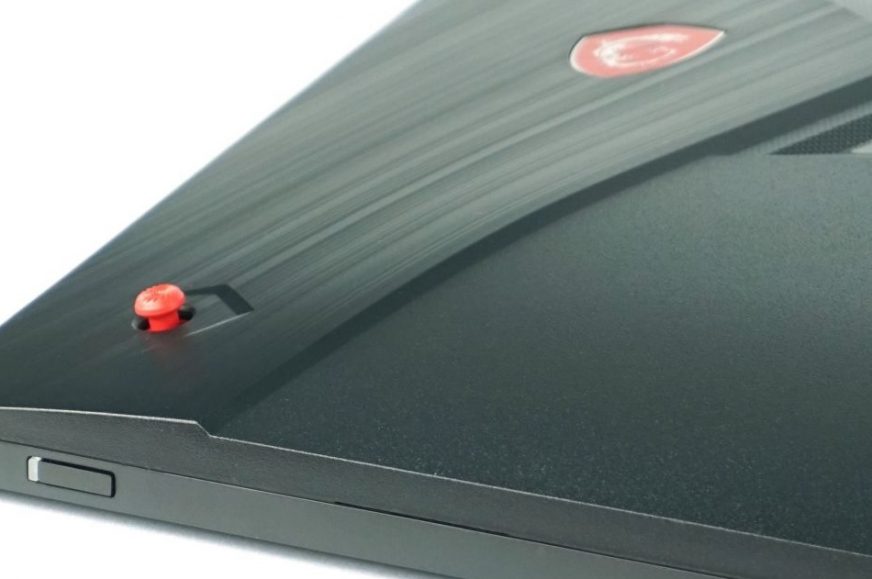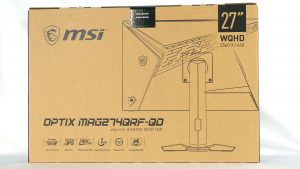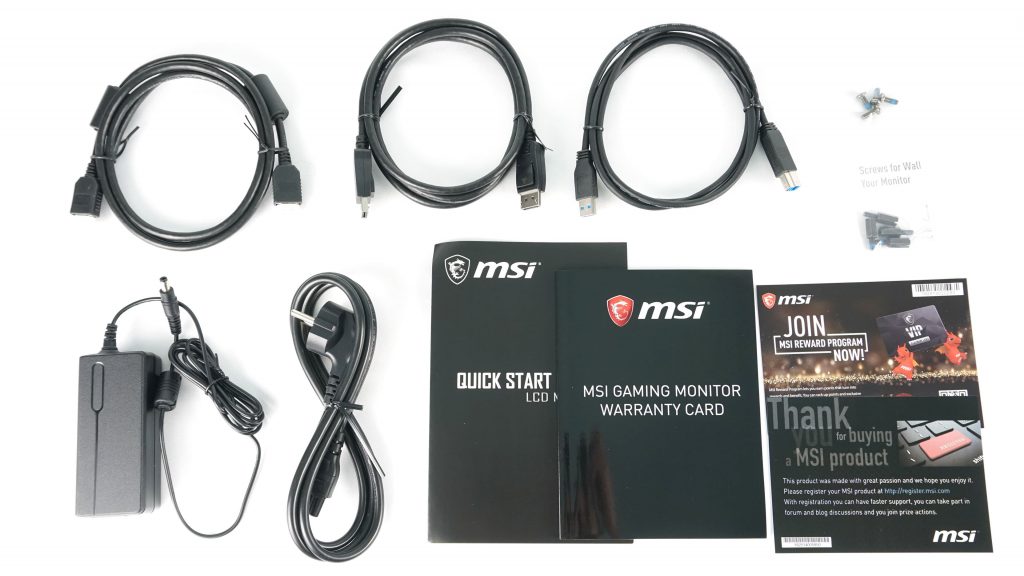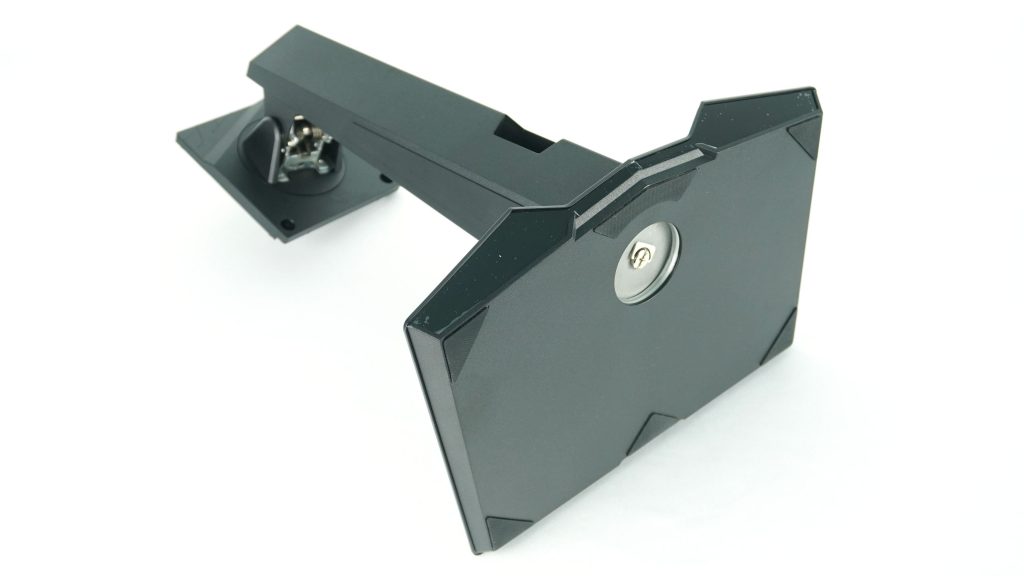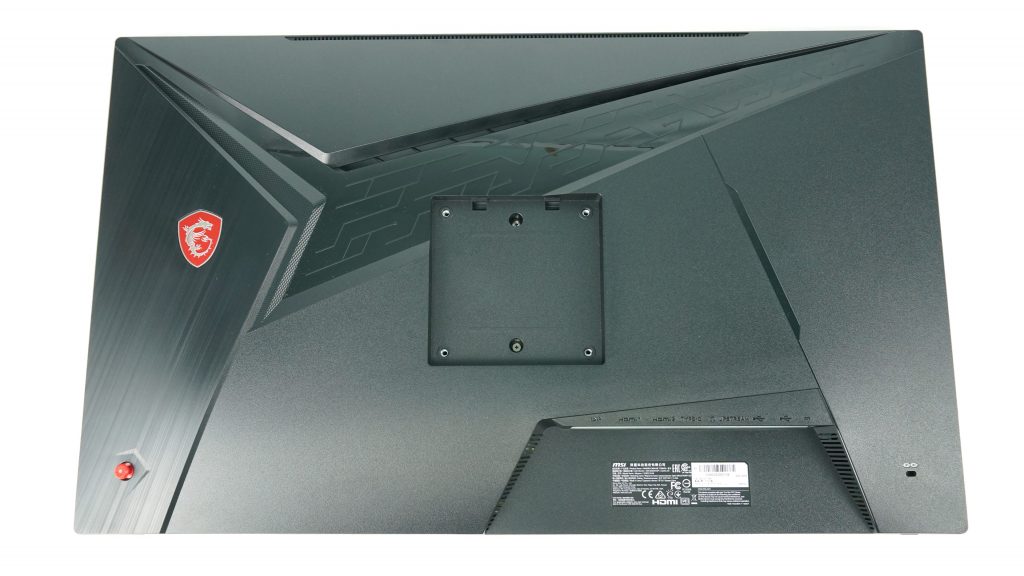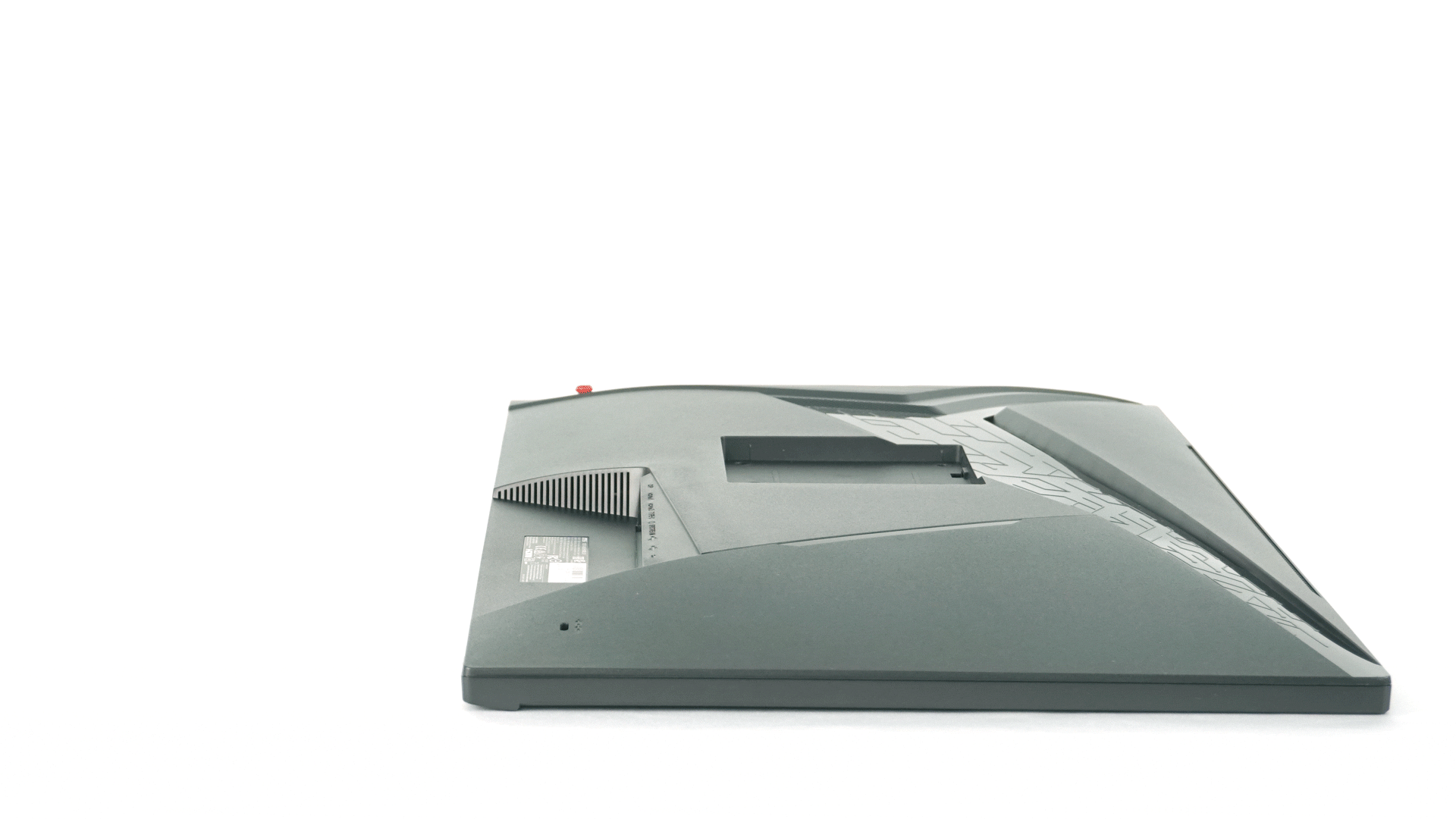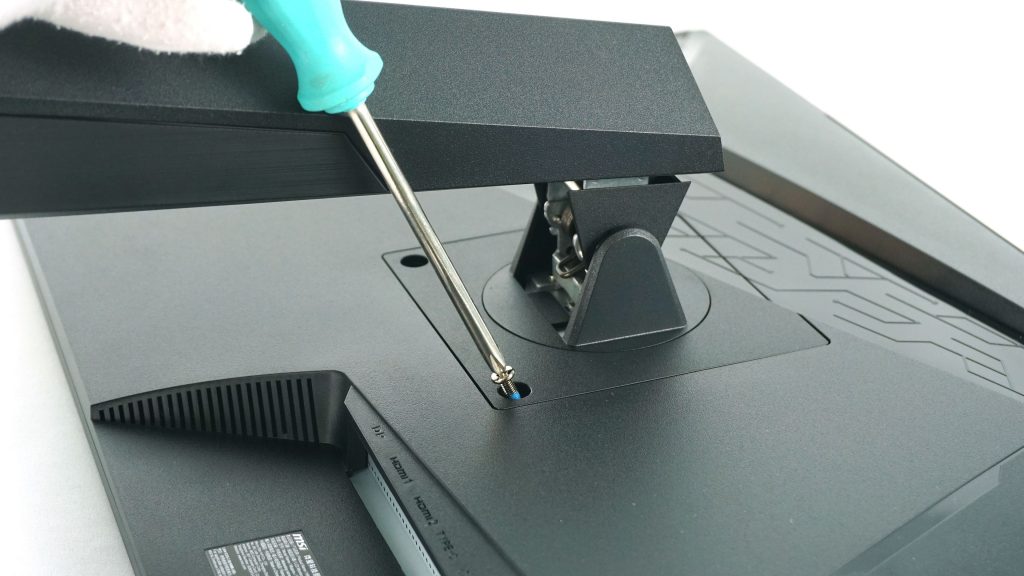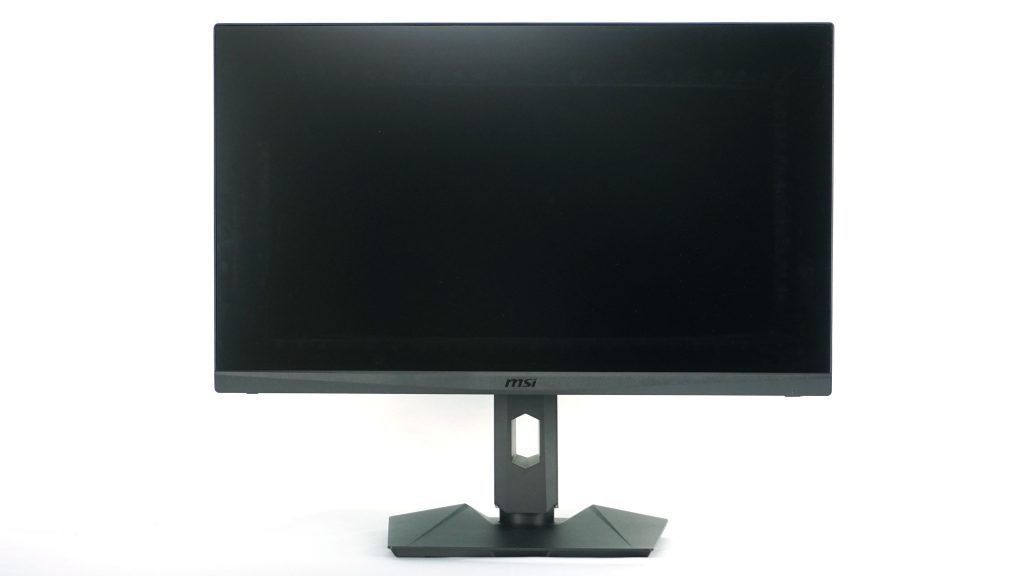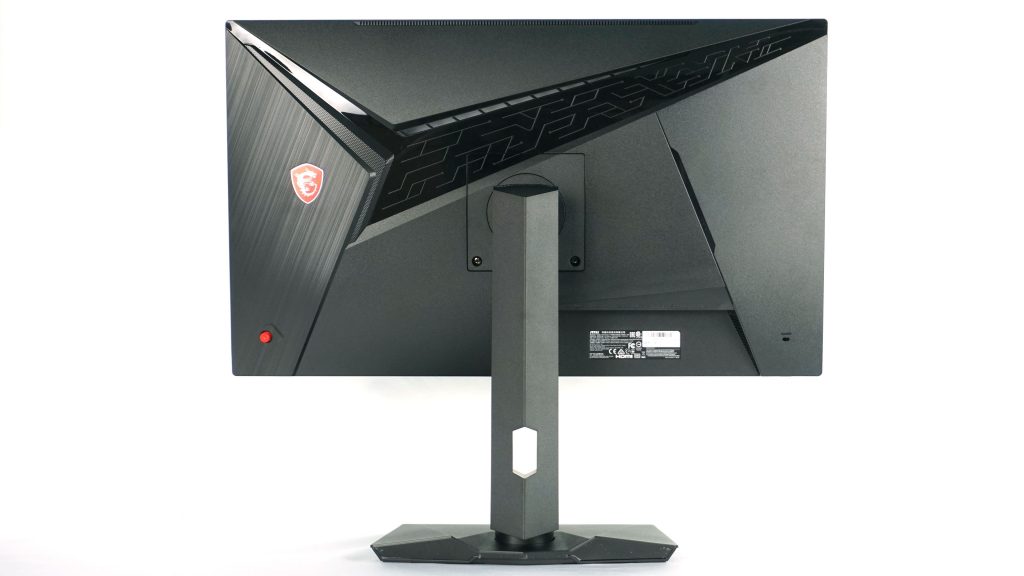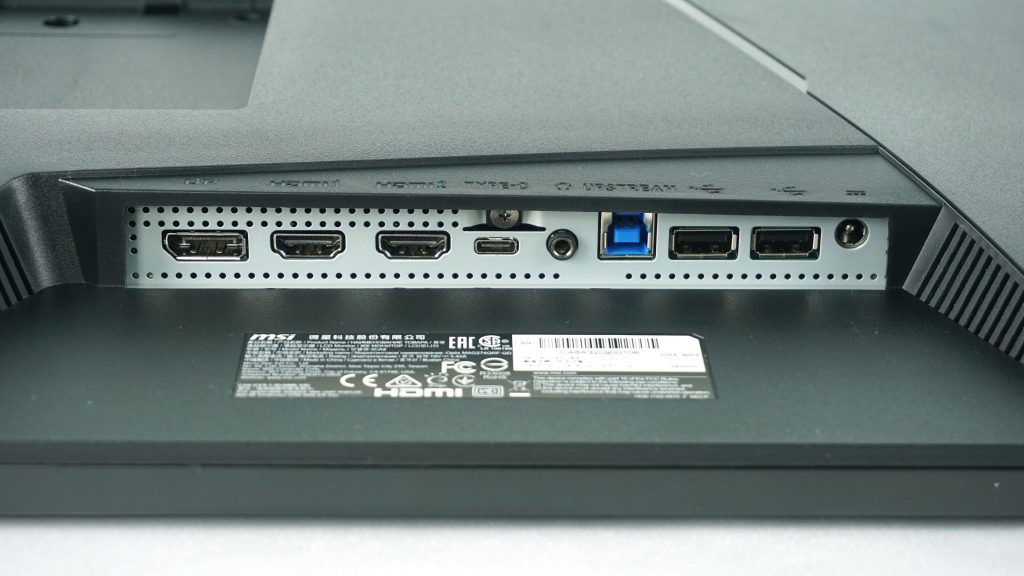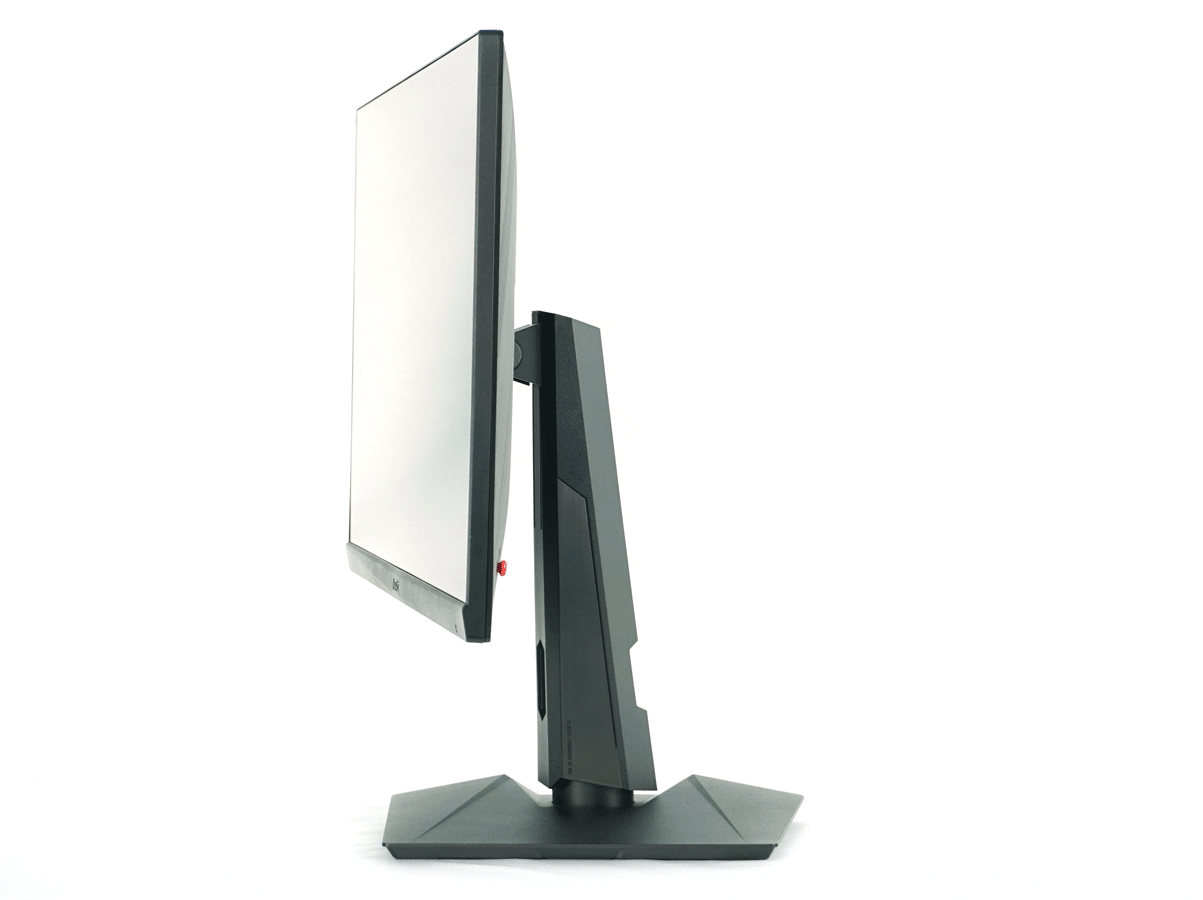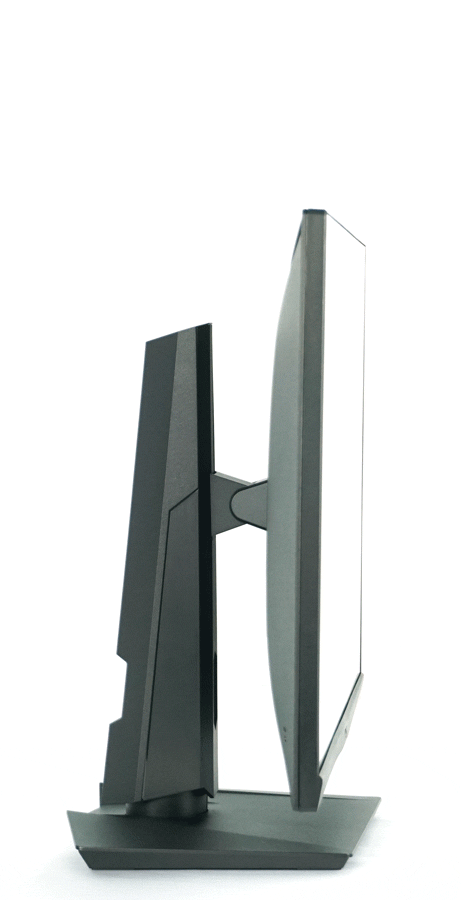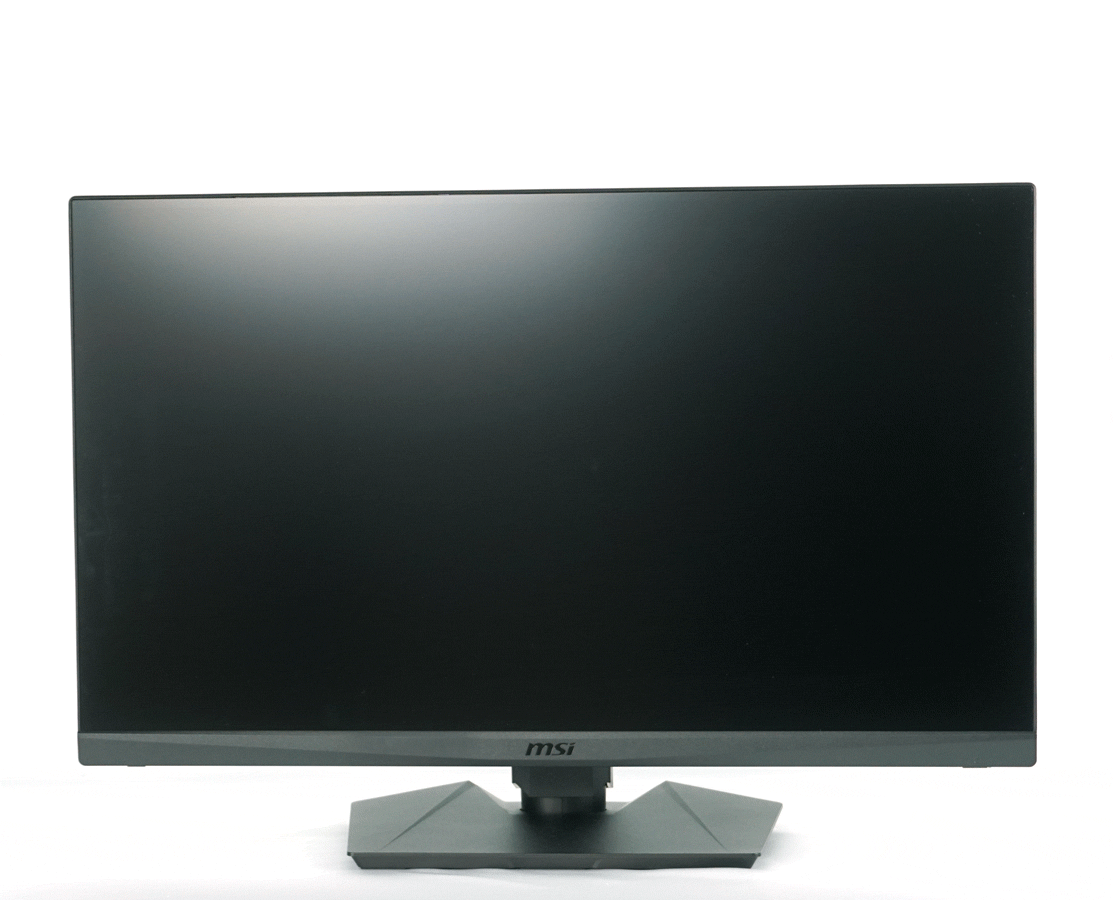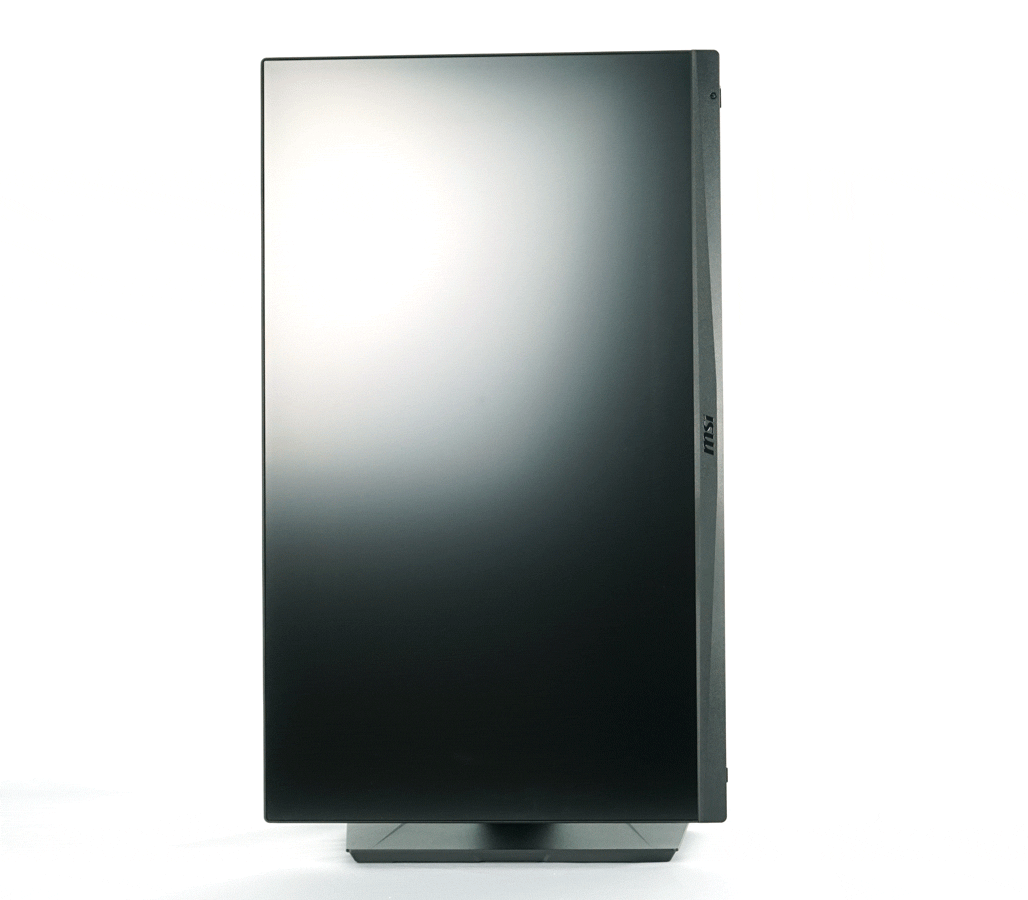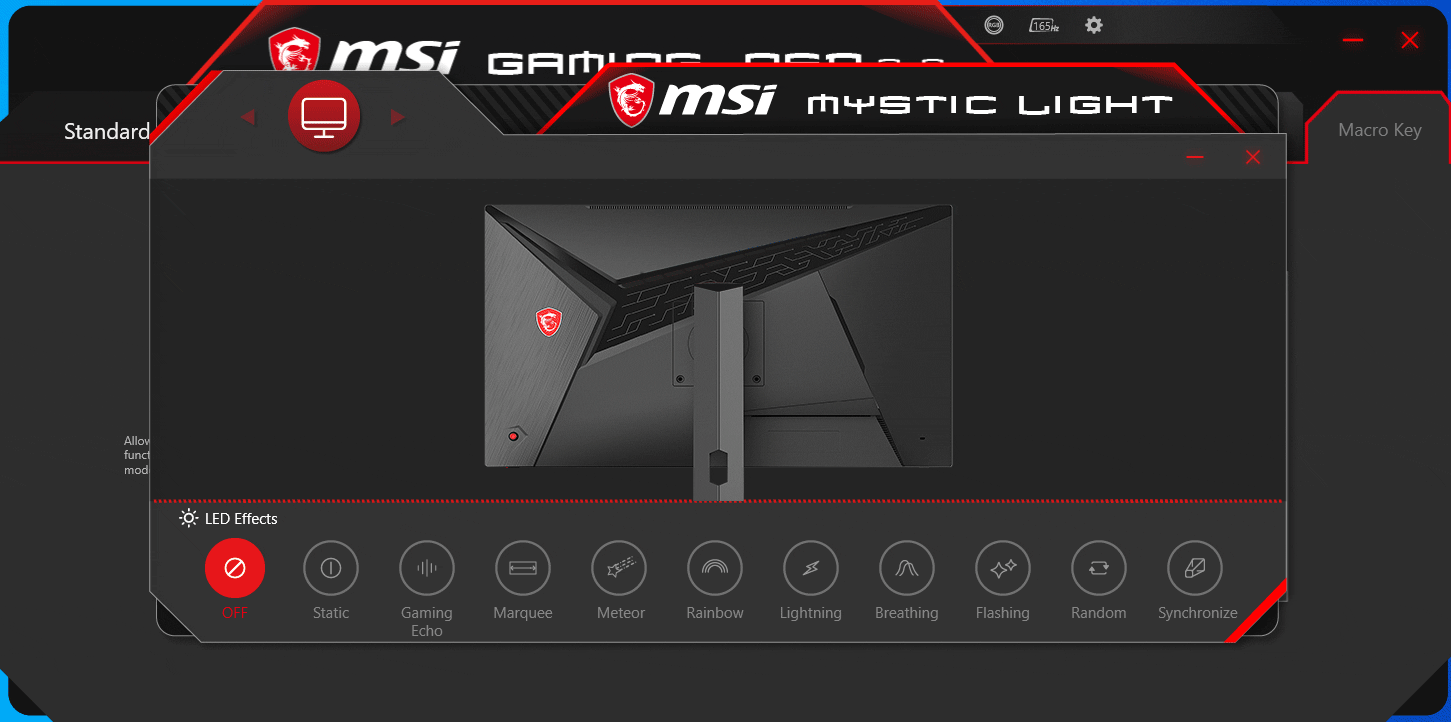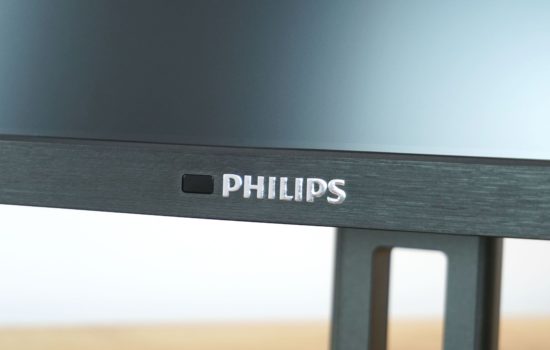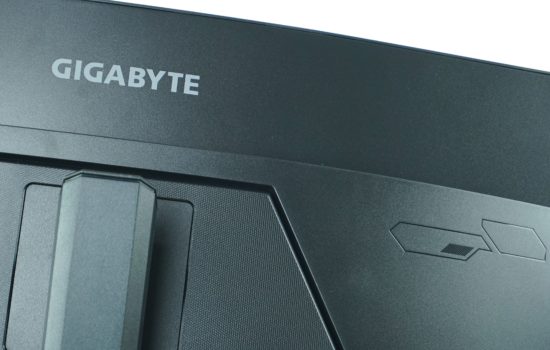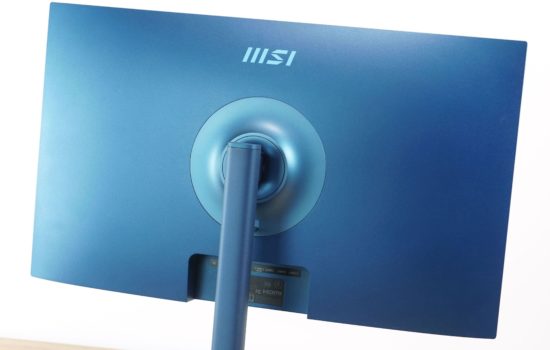Details
We have recently looked at several multimedia-oriented, design or professional monitors, but most of you will probably be most interested in gaming models. We got a hot news from MSI with the complicated designation Optix MAG274QRF-QD. It has a 27″ QHD 165 Hz display with Quantum Dot and G-Sync support, which are really solid features. Are we looking at a new go-to monitor for passionate gamers?
Basic specs
| Parameters | MSI |
| Optix MAG274QRF-QD | |
| Alfa Gamer Pro 60S | |
| Display | 27" IPS, 16:9, flat |
| Resolution | 2560 × 1440 px |
| Refresh rate | 165 Hz |
| Panel | 8-bit + FRC |
| Adaptive Sync | yes, G-Sync Compatible, 48–165 Hz |
| Response time | 1 ms (GTG) |
| Brightness | 300 nit |
| Contrast | 1000:1 |
| Color spaces | sRGB: 147 %, DCI-P3: 97 % |
| Outputs | 2× HDMI 2.0b, 1× DisplayPort 1.2, 1× USB-C DP alt. mode |
| USB hub | yes, 2× USB 2.0 |
| Audio input/output | no/yes |
| Speakers | no |
| VESA | yes (100 × 100) |
| Approximate price | 575 €/14 990 Kč |
Packaging and accessories
The monitor comes with a dual-use packaging, while the inner cardboard with simple visuals shows the monitor itself and a few of its basic specs.
In addition to the monitor, the package includes a power adapter, documentation, HDMI, DisplayPort, and USB Type B cables for connection to a PC. Screws are not missing either.
A polygonal stand has the longest dimensions of 30 × 20.5 cm and at first glance shows that it will allow you to rotate the monitor sideways. You can also see that the leg screw does not require the use of a screwdriver.
The black stand itself offers an opening/organizer for cable management.
Attaching the stand to the legis a matter of a few seconds and requires no tools, thus I like it.
The back appeals in the traditional spirit of MSI, so one part resembles brushed aluminum, other part is shiny and hides the backlight as well as a kind of printed circuit board and the rest is matte. The red manufacturer’s logo must not be missing either. In the middle is a traditional VESA 100 × 100 mount.
Mounting the stand to the monitor body is somewhat clumsy. Half of the mounting is ideal, but the other half is not. You can fit the stand into the body by simply inserting it, but you need screws to attach it.
The bottom of the VESA mount therefore requires the use of screws from the package, which is not an ideal solution. We saw the same mounting method with Optix MAG272CQR, so this is the standard of this manufacturer. However, I would welcome it if the entire installation was tool-free and did not require the use of any screws. If other manufacturers can do it, why not MSI?
After the mounting is done, we can look at the front. It offers an elegant design without frames on three sides and a relatively compact lower chin. The design is dominated by sharp edges and lines, which we see on the stand and the chin itself at the bottom of the display.
The back, as with other MSI monitors, features an aggressive design that is complemented by RGB backlight, which we’ll look at in a moment. Interestingly, the back of each monitor is a little different, but you can always see more or less the same combination of materials and design elements.
The monitor connectivity is one of the best we’ve ever seen on a gaming monitor. There is a DisplayPort 1.2 (165 Hz), two HDMI 2.0b (144 Hz), USB-C with DP Alt mode, audio jack for headphones, two USB type A for accessories and USB type B for connection to a PC. More or less I have nothing to complain about the monitor, four video inputs are more than enough, I am especially pleased with the presence of USB-C and the USB hub itself is definitely a great feature, especially for connecting a mouse and keyboard.
If I wanted to be very critical, I would point out that USBs are only older 2.0 (this will not limit mouse and keyboard in any way though) and they could be 4 and not just 2. Furthermore, it might not be bad if the ports were split on both sides of the monitor and not in one place, or if at least the USB ports were somewhere on the side for easier access. However, these are really just small things, and rather than negative criticism, they could be ideas for improvement for a future model.
I criticized the manufacturer for having to use a screwdriver to attach the stand, but now I commend them. I appreciate that MSI has long used a combination of the power button and a 5-way joystick for controls in the OSD menu. I think this is currently the best combination for working and controlling the monitor, so I’m giving it a thumbs up.
Let’s move on to the positioning options. The monitor untraditionally offers relatively large possibilities of sideways rotation by up to 75 degrees. Usually, monitors offer a range of only about 30–35 degrees, so it’s interesting to see a larger range of motion.
There is also the possibility of tilting the display by the usual -5 to +20 degrees or height adjustment in the range of 100 mm. At the lowest point, its bottom edge is 65 mm above the pad and 432 mm for the top edge. In the highest position, it is 165 mm and 532 mm above the pad.
The monitor also offers a pivot function, i.e. rotation to a vertical position. This is possible in both directions and not just one, as usual.
It would not be a gaming monitor without RGB backlight that you find on the back as traditionally.
You can control it via the company’s Mystic Light application, where you have a choice of several modes and there is also the option of synchronizing or turning off the backlight.
Backlight bleed can be seen mostly around the edges of the display, but it is nothing extraordinary and I would describe it as normal.
Of course, as always, each panel is different and your piece can be better, but also worse. In the next chapter, we will also measure the uniformity with a color analyzer.





